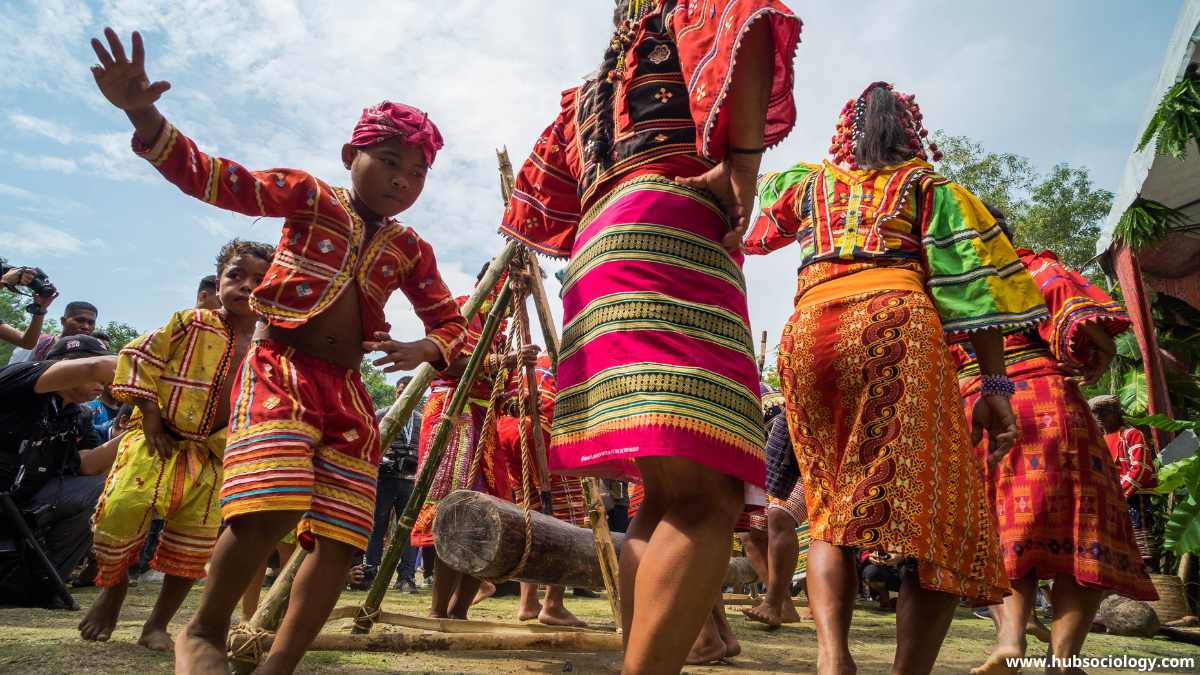Problems of Dry Agriculture: A Sociological Perspective
Introduction on Problems of Dry Agriculture Agriculture forms the backbone of rural society, providing livelihoods to millions and shaping the social structure, economy, and culture of agrarian communities. However, not all regions enjoy the same agricultural conditions. In many parts of India and the world, agriculture is practiced in areas that receive scanty and uncertain … Read more









